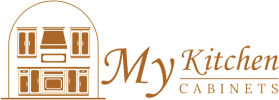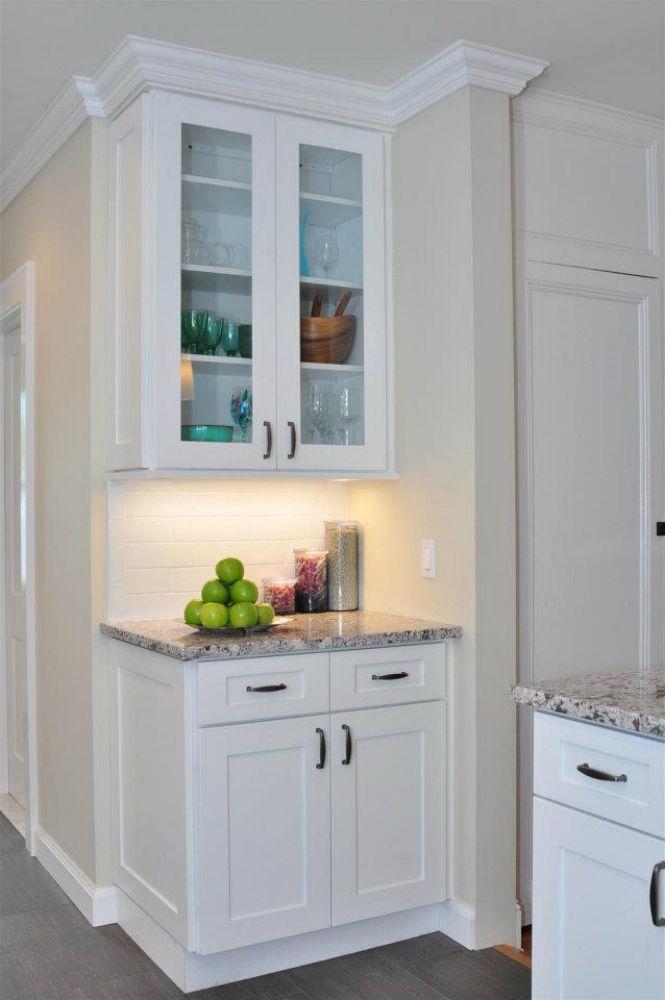A well-designed kitchen relies on the right choice of materials for both aesthetics and functionality. From classic hardwoods to modern composites, the material you select impacts durability, maintenance, cost, and style. This article explores the most popular options to help you make an informed decision for your next renovation or build.
An Overview of Kitchen Cabinets
Kitchen cabinets come in a wide array of materials, each with its own set of characteristics. While some homeowners favor the warmth and richness of natural wood, others prioritize budget-friendly, low-maintenance composites. Understanding these options is the first step in choosing cabinets that fit your lifestyle, design vision, and long-term needs.
Solid Wood Cabinets: Types and Benefits
Solid wood remains the gold standard for premium cabinetry. Popular species include:
-
Maple: Known for its smooth grain and light color, maple offers a sleek, contemporary look. It stands up well to dents and scratches.
-
Oak: Recognized by its pronounced grain pattern, oak delivers a traditional, rustic appeal. Both red and white oak variants are durable and readily available.
-
Cherry: Valued for its warm red tones that deepen over time, cherry wood exudes elegance. It’s easy to craft into intricate designs.
-
Hickory: Featuring dramatic color variations and strong durability, hickory is ideal for country or farmhouse-style kitchens.
Advantages
-
Longevity: Properly cared for, wood cabinets can last decades.
-
Refinishable: You can sand and refinish solid wood multiple times.
-
Character: Natural variations in grain and color ensure each cabinet is unique.
Considerations
-
Cost: Solid wood is generally the most expensive option.
-
Sensitivity to Humidity: Wood may warp or crack if exposed to extreme moisture changes.
Plywood Cabinets: Strength and Versatility
Plywood has become the go-to material for many professional cabinetmakers. It’s composed of thin veneers layered crosswise, bound with adhesive under high heat and pressure.
Key Features
-
Structural Integrity: Cross-grain layering resists warping and splitting better than solid panels.
-
Lightweight: Easier to install and handle than solid wood.
-
Customizability: Plywood accepts both paint and stains, offering flexibility in finishes.
Cost and Quality
While more costly than MDF, plywood generally falls below the price of solid hardwood. Premium grades come void-free, minimizing knots and imperfections.
MDF and Particleboard Cabinets: Affordable Options
Medium-density fiberboard (MDF) and particleboard represent engineered wood products made from wood fibers or chips and resin.
-
MDF: Smooth, uniform surface ideal for painted finishes. Denser than particleboard, it holds screws reasonably well.
-
Particleboard: Composed of wood chips and resin; often veneered or laminated to simulate wood grain.
Pros
-
Budget-Friendly: One of the least expensive cabinet materials.
-
Smooth Finish: MDF’s uniformity creates a flawless painted surface.
-
Moisture Resistance: Laminated particleboard can resist minor moisture, though not suitable for high-humidity areas.
Cons
-
Durability: More prone to sagging under heavy loads compared to plywood.
-
Repair Challenges: Chips and dents in MDF or particleboard are harder to fill convincingly.
Metal and Industrial-Style Cabinets
For a sleek, contemporary appeal or a professional kitchen vibe, metal cabinets—typically stainless steel or aluminum—offer unique advantages.
Highlights
-
Durability: Highly resistant to heat, moisture, and impact.
-
Sanitary Surface: Non-porous, easy to clean—ideal for commercial or high-use kitchens.
-
Modern Aesthetic: Polished or brushed finishes complement minimalist and industrial designs.
Drawbacks
-
Cost: Premium pricing, especially for stainless steel.
-
Scratches and Dents: Metals can show wear over time if not properly maintained.
Eco-Friendly and Sustainable Materials
As environmental concerns grow, many homeowners seek sustainable cabinet materials:
-
Bamboo: Rapidly renewable, bamboo offers a wood-like appearance and impressive strength.
-
Reclaimed Wood: Character-filled wood salvaged from old structures; each piece tells a story.
-
Low-VOC MDF/Plywood: Manufactured with adhesives that emit fewer volatile organic compounds, improving indoor air quality.
Choosing eco-friendly options often aligns with green building certifications and appeals to those pursuing a healthier home environment.
Choosing the Right Finish for Your Cabinets
Material choice and finish go hand in hand. Common finishes include:
-
Stained Wood: Enhances natural grain; available in myriad tones from light to espresso.
-
Painted Surfaces: Especially popular on MDF, allowing bold color statements or classic neutrals.
-
Veneers and Laminates: Thin wood or synthetic layers applied over substrates; offer cost-effective wood aesthetics.
-
Powder Coat on Metal: Durable finish on industrial-style cabinets; resistant to chipping and fading.
Consider your kitchen’s overall style, lighting, and color scheme when selecting finishes. Matte, satin, and glossy sheens each create distinct visual effects.
Maintenance Tips for Pet Friendly Kitchens
Designing a pet friendly kitchen involves selecting cabinet materials and finishes that withstand playful paws, accidental spills, and occasional messes:
-
Smooth Surfaces: Matte or satin finishes on MDF resist visible scratches from claws.
-
Durable Pulls and Hinges: Robust hardware that won’t loosen under frequent use.
-
Easy-to-Clean Materials: Laminates and sealed wood surfaces wipe down quickly, ideal for cleaning food or water stains.
-
Rounded Edges: Minimizes snags on collars or fur when pets roam.
-
Corner Guards: Optional accessories protect cabinet corners from enthusiastic tail wags.
Regularly inspect and tighten hardware, and keep cleaning supplies handy to maintain both hygiene and appliance longevity.
Why Choose Us?
When selecting cabinetry professionals, it’s essential to work with a team that offers:
-
Expert Guidance: We help you navigate material choices based on budget, style, and lifestyle needs.
-
Quality Craftsmanship: Every cabinet is precision-crafted for durability and seamless installation.
-
Tailored Solutions: From traditional wood to eco-conscious composites, we customize designs to your unique vision.
-
Reliable Support: Our commitment doesn’t end at installation—we provide follow-up care and maintenance tips.
With an emphasis on both form and function, we ensure your kitchen cabinets are not only beautiful but built to last.
Conclusion
Choosing the right material for your kitchen cabinets sets the foundation for both aesthetics and performance. From the timeless appeal of solid wood to the affordability of MDF, each option presents distinct advantages. Consider factors such as moisture resistance, maintenance requirements, budget constraints, and your home’s overall style. By understanding the properties of each material—and integrating practical tips for a pet friendly environment—you’ll create a kitchen space that combines beauty, durability, and functionality.
Frequently Asked Questions
Q: What materials are most commonly used for kitchen cabinets?
A: The most popular options include solid hardwoods (maple, oak, cherry), plywood, MDF, particleboard, and metal. Each offers a different balance of cost, durability, and appearance.
Q: What’s the difference between plywood and particleboard cabinets?
A: Plywood consists of layered wood veneers, offering superior strength and moisture resistance. Particleboard is made from wood chips bound with resin, making it more affordable but less durable under heavy loads.
Q: Are MDF cabinets suitable for a painted finish?
A: Yes. MDF’s smooth, uniform surface makes it ideal for high-gloss or matte painted finishes, providing a flawless look without visible grain patterns.
Q: How do I choose a pet friendly cabinet material?
A: Look for smooth, scratch-resistant finishes on materials such as lacquered MDF or sealed plywood. Rounded edges and easy-to-clean surfaces also help maintain a tidy, pet safe kitchen.
Q: Can eco-friendly materials withstand regular kitchen use?
A: Absolutely. Options like bamboo and reclaimed wood offer durability comparable to traditional species, and low-VOC engineered boards ensure healthier indoor air quality.

